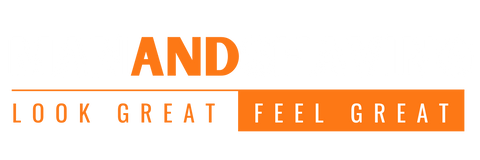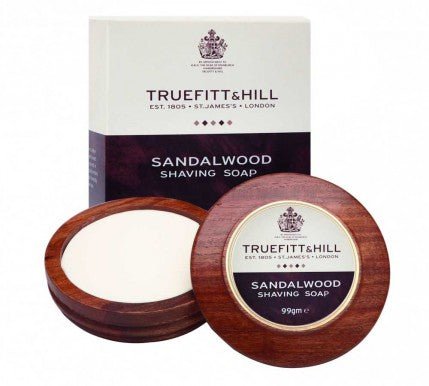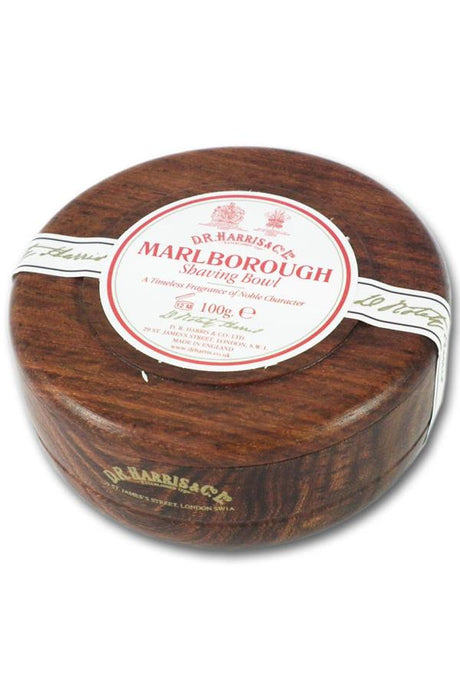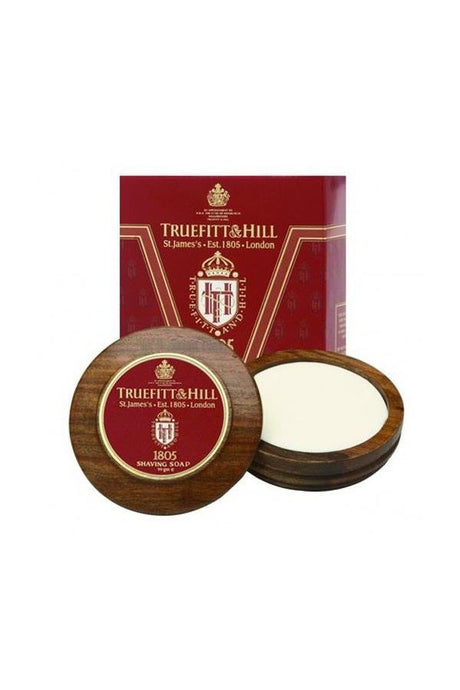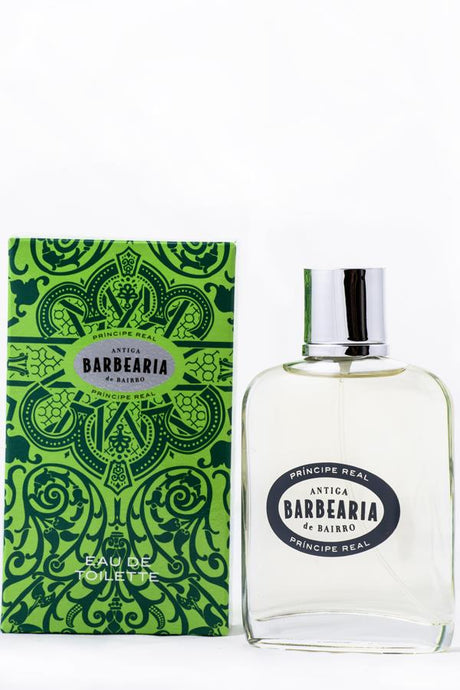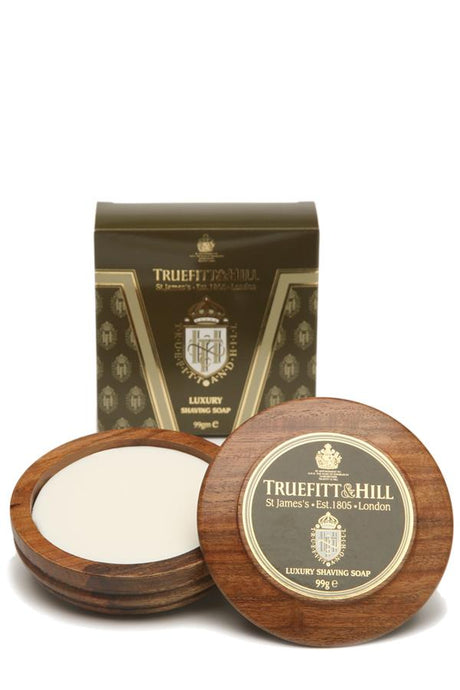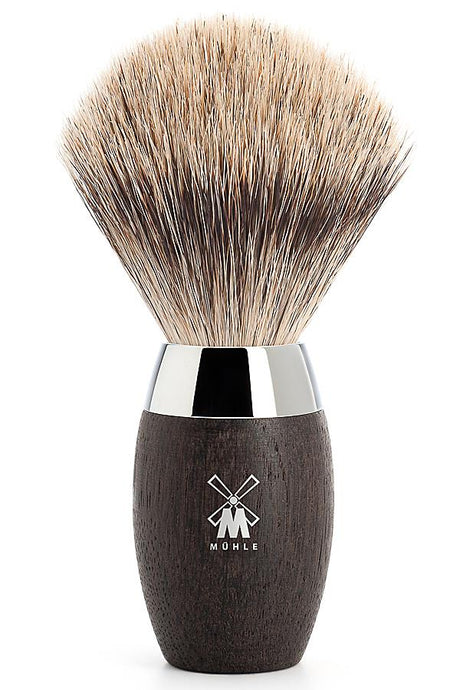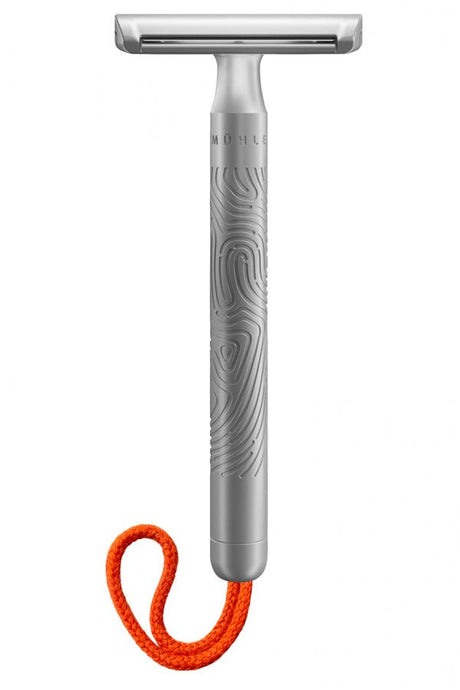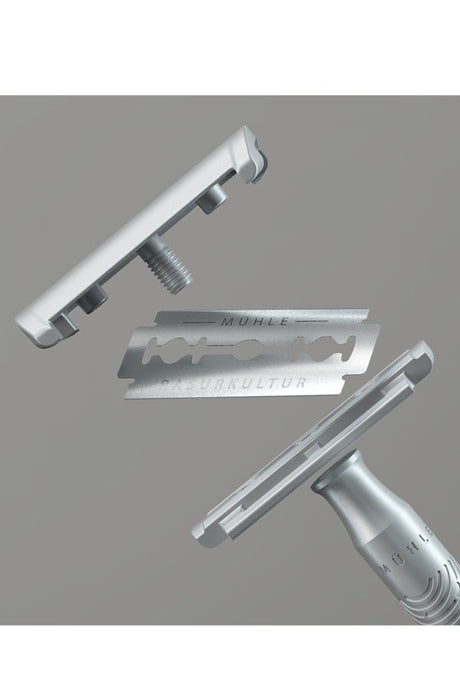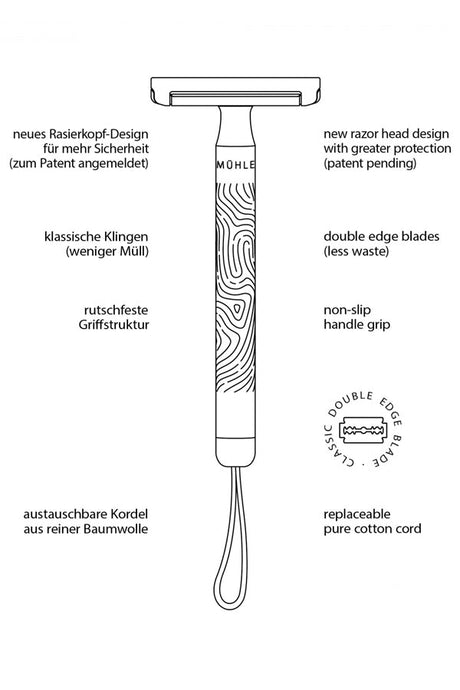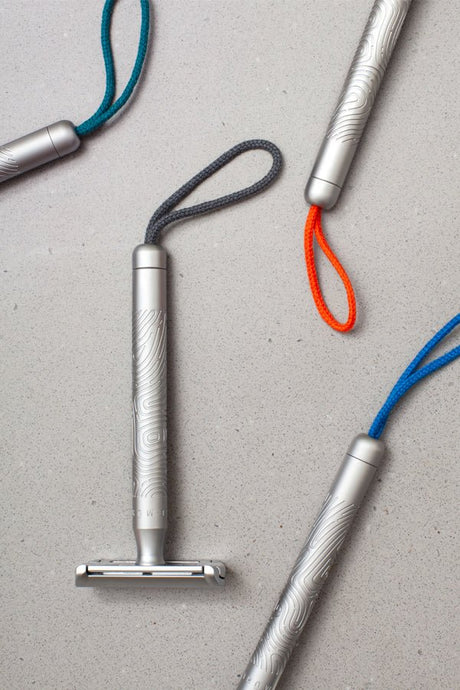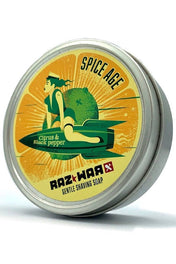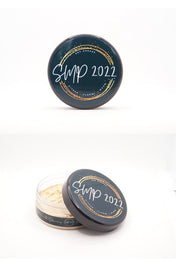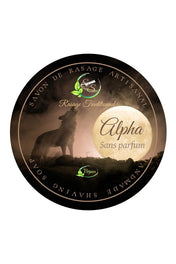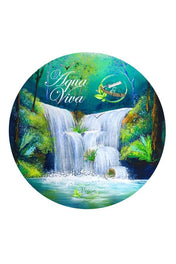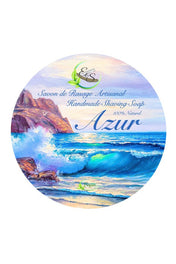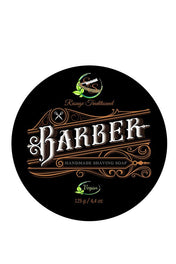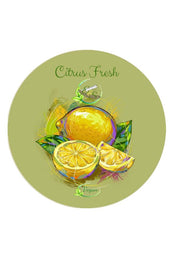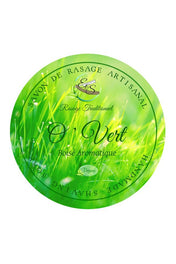At some point, you decide to grow your beard. After a few weeks, you already have a decent beard. Then beard management also comes into play. The question is, of course: "which beard suits my head best?" In this blog, we show which beard you can choose or which suits you best.
What should I pay attention to when choosing my beard shape?
The mustache and beard are a form of facial expression. With your beard, you can make a statement. It tells something about yourself, your character, and your behavior. So think carefully when you decide to keep your beard about which mustache and beard you will choose. Fortunately, there are so many beard variations to think of that there is always a beard that suits you well.
The right shape of your beard depends on two issues:
- the degree of beard growth;
- the shape of your head.
After just a few weeks, the contours of your beard growth become visible. You quickly get an idea of how your beard will look. Every beard growth is naturally different. You can also immediately see if you have regular beard growth or if there are bald spots in the beard landscape.
In addition, you have to deal with the shape of your head:
- Round or bulbous face
- Long face
- Square or angular face
- Oval face

In case of irregular beard growth and some bald spots, it is best to be patient a little longer. If you have enough beard length, you can possibly cover these bald spots well with the surrounding beard hairs. Use a beard balm to shape and maintain your beard. Rub a little beard balm into your beard. Distribute and rub in well. Then use the beard brush to further distribute and brush in the beard balm.
Of course, depending on beard growth and face shape, you can choose the type of beard that suits you best.
Beard type for round face
If you have a round face, it is smart to create more length. Choose a beard that provides length under the chin. Keep the sideburns short or shave them completely away. This makes the face less "round".
The Goatee is the ideal beard for the round face. The Goatee is a compact beard directly under the chin. The mustache continues into the beard under the chin. The Goatee is popular among students and in intellectual circles.

Chic, classic, and distinctive is the Van Dyke beard. It is a variant of the Goatee. The mustache is separate from the beard under the chin. Unlike the Goatee, this beard has a charming point under the chin. Here too, the sideburns are shaved clean. The Van Dyke is named after the Flemish painter and artist Anthony van Dyck.

Do you hate shaving your upper lip and chin? Perhaps because you quickly get razor irritation there. With the Goatee, you avoid these parts of the face.
Beard type for long face
If you have a long and narrow face, you should create less length. Use your beard to get a slightly less long face. A beard with strong sideburns on the sides of the face and less length under the chin creates a slightly rounder face.
The Mutton Chops are very well known. This tough beard became famous through the superhero Wolverine (actor Hugh Jackman) in the superhero film X-Men. The American singer Elvis Presley also wore this type of beard. The Mutton Chops are actually huge styled sideburns. You let the sideburns grow thickly from top to bottom just above the jawline. Optionally, the ends of these sideburns continue into the mustache.


The Mutton Chops is a true classic. In the British Victorian era (1800 - 1900), beards were very popular. Famous high-ranking officers, explorers, artists, and writers walked around with gigantic sideburns. Many men were inspired by these band figures.
Another suitable beard for the long face is the Stubble. The Stubble is basically just a short beard of a few days. The Stubble became popular thanks to actor Don Johnson and singer George Michael. The maintenance of this beard is minimal. Every few days, you only need to run the trimmer through it. Of course, you must regularly maintain the beard contours. You can perfectly shave the beard edges neatly using a transparent shaving gel and the safety razor. The transparent shaving gel allows you to see the beard edges well during shaving. The razor then glides much more smoothly over the skin. The big advantage of the safety razor is that the shaving head where you clamp the double edge razor blade is rectangular. You can see exactly where the blade is and it shaves smoothly.
If you suffer a lot from shaving irritations around the jawline and/or upper lip, you can perfectly choose the Mutton Chops. With this beard, you avoid the sensitive parts of the face.
Beard type for square face
In the case of a square face, it is nice to create more length at the bottom and keep the sides short. For a square face, it is very stylish to make a point at the bottom of the beard.
The ideal beard is the so-called Ducktail. The Ducktail is a thin and long mustache at the top and a narrow triangular point at the chin below. You can naturally vary the length of the mustache and the pointed beard. You can make a nice curl at the ends of the mustache. This type of beard was often seen in the past on kings and other rulers. The Ducktail gives a royal appearance.

Variants of this beard type are the Hollywoodian, Anchor, and Royale & Balbo.

Many men have trouble comfortably shaving the chin smoothly. The chin is difficult to shave and you quickly suffer from shaving irritations, such as red spots or a dry flaky skin. In that case, the Ducktail is your beard.
Beard type for oval face
If you have an oval face, you can actually go in any direction. It doesn't matter what you like, all beards suit this face well. How about, for example, the full beard. The full beard is the classic masculine beard. You can spot a man with a full beard from afar. In the past, it was the Vikings who roamed Europe with a rugged beard, causing havoc. The full beard also stands for wisdom. Think, for example, of Karl Marx and Charles Darwin. In modern times, it was the band members of the American rock band ZZ Top who performed in the 80s and 90s with an enormous long beard. Nowadays, you see many bikers and hipsters walking around with full beards.

The skin in the neck area is sensitive. Here too, you quickly see skin irritations from shaving, such as red burning spots, ingrown hairs, and razor bumps. In that case, a full beard is ideal.
Maintenance of your beard
Once you choose a certain type of beard, you have to deal with its maintenance. So far, we have talked about beard types. But you can also vary the edges of the beard. You can shave the edges somewhat roughly (left photo) or super close in a nice curved "line" (right photo).
Rough shaving of the beard edges works very well with a safety razor. In fact, irregularities in the beard edges create a rugged and tough look. The big advantage is, of course, that if you slip a little with the razor, it won't be noticeable.

Close shaving can also be done well with the safety razor. But ultimately, you get the best result with a straight razor with a square point or a shavette razor. You can then shave the edges millimeter by millimeter. This naturally requires patience and discipline.
The German razor manufacturer DOVO from Solingen has specially developed the Barbarossa open razor for shaving beard contours. The blade of this razor is halved. This allows you to more smoothly and easily touch up the edges.

The advantage of the shavette razor is that it requires no maintenance. After a few shaves, you replace the blade with a new sharp razor blade. You can also easily handle and use this type of razor for shaving your beard.

For daily beard management, you naturally need the right beard supplies:
- beard oil for softening the beard hairs and optionally caring for the skin under the beard;
- beard balm for shaping and styling the beard;
- beard brush and beard comb for perfectly distributing the beard balm and beard oil and shaping the beard;
- beard scissors for trimming the beard hairs;
- transparent shaving gel for protecting the skin during shaving of the beard contours;
- safety razor for perfectly clean shaving of the beard edges.
